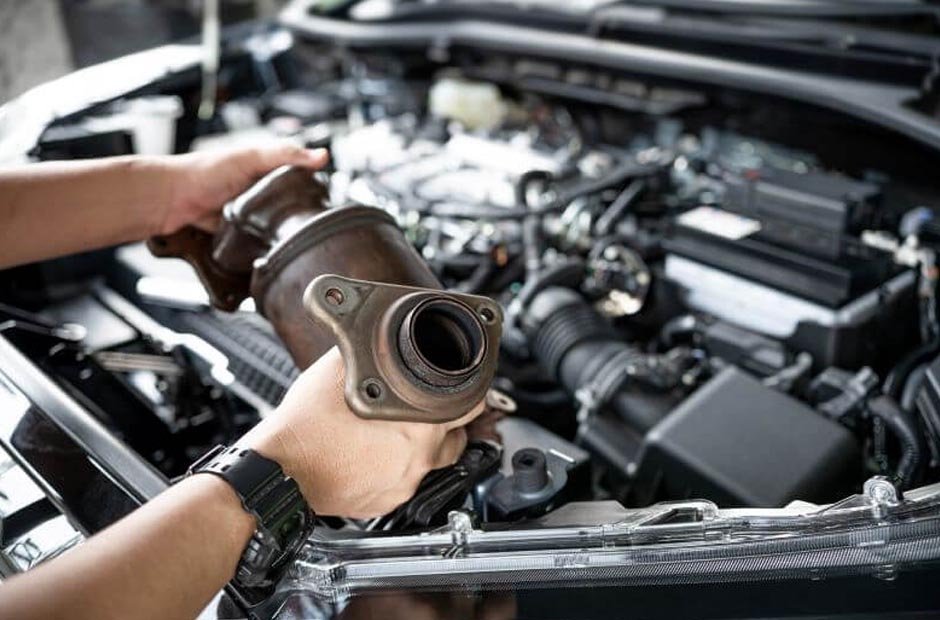When it comes to maintaining or repairing a vehicle, selecting the right components is more than just a routine task—it’s essential for ensuring safety, optimal performance, and extended longevity. Cars are complex systems where even minor mismatches can lead to inefficiency, damage, or costly repairs. Understanding how to identify the correct parts for your specific make, model, and year ensures that your vehicle runs smoothly and reliably. From engines and brakes to electrical systems and suspension, knowing the specifications and compatibility requirements is key to avoiding unnecessary mistakes.
If you’re hoping to buy Nissan parts or components for any other vehicle, being armed with the right knowledge will save you money, time, and hassle. This includes checking part numbers, verifying fitment, and consulting vehicle manuals or online databases. Taking these steps helps ensure that every replacement part functions properly and keeps your car performing at its best.
Understanding Your Vehicle’s Specifications
Every vehicle is different—consider engine type, trim level, and manufacturing year. Before purchasing, record your vehicle’s make, model, year, and VIN. Parts are often specific to each model year, so parts from one year might not fit another. Many manufacturers, such as Nissan, provide manuals and online resources to help identify suitable parts. Always verify details beforehand to prevent the inconvenience and expense of returns.
OEM vs. Aftermarket Parts
The parts market divides into two main categories: OEM (Original Equipment Manufacturer) and aftermarket.
- OEM parts are supplied directly by your car’s manufacturer, ensuring they match the original components in quality and fit, though they tend to be more expensive.
- Aftermarket parts, produced by third-party companies, provide a wider range of options, possible performance enhancements, and lower costs; however, their quality can vary significantly. It’s essential to do thorough research before making a purchase.
Prioritizing Quality Over Cost
While saving money is appealing, compromising on part quality for cheaper options is unwise. Low-quality components can wear out, perform poorly, or pose safety risks. Investing in high-quality parts—whether OEM or reputable aftermarket—improves reliability and can be more cost-effective in the long term. AutoZone and other trusted sources recommend prioritizing quality and compatibility, despite higher upfront costs, to save on future repairs and replacements.
Verifying Part Compatibility
Cars of the same brand and year may have different options, making compatibility checks essential. Always compare part numbers with your vehicle’s documentation to ensure accuracy. Many websites now offer online tools—enter your car details to confirm a suitable fit. Consulting your owner’s manual or experienced professionals, such as auto dealers Tampa FL can make this process easier. They can help you find the correct parts, avoiding returns and installation issues. This step ensures your vehicle remains reliable and reduces the time and stress associated with maintenance.
Consulting Professionals
Whether you’re tackling a basic repair or a complex job, engage with certified mechanics or automotive specialists. Their expertise helps avoid pitfalls, identify subpar components, and make informed choices. Many dealerships offer free advice or consultations, especially when buying parts from them. Professional recommendations often include installation, maintenance tips, and warranty info—helping you maximize every purchase.
Utilizing Reputable Sources
Online marketplaces make buying car parts easier, but they also increase the risk of counterfeit parts. Always buy from authorized or reputable sellers to ensure authenticity and protect your investment. Trusted sellers follow standards and offer warranties. Genuine parts are crucial for safety-critical components, such as brakes, steering, and electronics, as quality directly impacts safety and vehicle durability.
Understanding Warranties and Return Policies
Before completing a purchase, review both the warranty and the seller’s return policy. A robust warranty signals that the manufacturer stands by its product, while a fair return policy gives you added peace of mind if the part turns out to be incorrect or defective. For major purchases, review policy details and retain all relevant records in case claims are required later.
Staying Informed About Right to Repair Legislation
Consumers now have tools and protections against automaker monopolies, including laws and advocacy efforts for transparency, diagnostic access, and affordable repairs. Knowing these helps you make better repair decisions. Following these guidelines ensures you choose the right parts for safety, reliability, and peace of mind during maintenance or upgrades.
Key Takeaways for Smart Vehicle Maintenance
Key points for smart vehicle maintenance include choosing the right parts for safety and efficiency. Understanding specifications, comparing parts, checking compatibility, and consulting experts help avoid costly mistakes. Using trusted sources, reviewing warranties, and knowing repair rights are essential. Research and quality parts improve vehicle performance, longevity, and maintenance efficiency.



